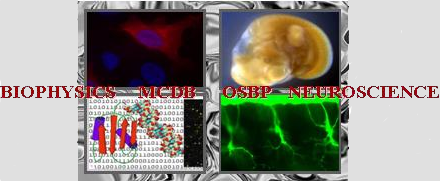Poster abstracts
Poster number 85 submitted by Emily Payne
Transcriptional regulation of hippocampal CA1 pyramidal cells by Satb2 throughout development
Emily Payne (Neruoscience), Meretta Hanson (Neuroscience), Aidan Johantges (Neuroscience), Alireza Safa (Neuroscience), Jason Wester (Neuroscience)
Abstract:
Pyramidal cells (PCs) within CA1 hippocampus are a heterogenous group of projection neurons that communicate the output of hippocampal computations to diverse downstream brain regions. CA1 PCs can be parsed by their radial position as deep or superficial subtypes with unique electrophysiological and transcriptomic profiles. These cells also receive differing inputs from interneurons, including PV interneurons which innervate deep PCs more strongly than superficial PCs. Deep and superficial cells also exhibit differences in their activity during behavioral tasks. The mechanisms that regulate CA1 PC differentiation to produce these diverse subtypes are unknown. One promising candidate is the chromatin remodeler and transcription factor Satb2, which is preferentially expressed in superficial PCs in CA1. We found that Satb2 protein expression is restricted to immature superficial PCs and absent from deep PCs at birth in mice, suggesting Satb2 may play a role in controlling neuronal differentiation in CA1. To investigate its function, we conditionally knocked out Satb2 from PCs during embryonic development. We found that Satb2 is necessary for intrinsic membrane properties that differentiate deep and superficial cells. Furthermore, Satb2 is necessary for the development of biased feedforward inhibition of deep PCs by PV interneurons. Interestingly, Satb2 expression remains high into adulthood. To understand if ongoing Satb2 expression maintains deep and superficial PC identities, we conditionally knockout Satb2 from CA1 PCs in mature mice (~P42). We found that ongoing expression of Satb2 is needed to maintain a subset of intrinsic membrane properties in deep and superficial PCs. However, it is not necessary to maintain the differences in feedforward inhibition. Thus, the role of Satb2 in CA1 PCs changes throughout development. Finally, in ongoing work, we performed single-nucleus RNA/ATAC sequencing of CA1 from mice with either embryonic or postnatal Satb2 knockout to investigate how Satb2 regulates gene expression throughout development.
Keywords: neuron development, neural circuit, hippocampus
